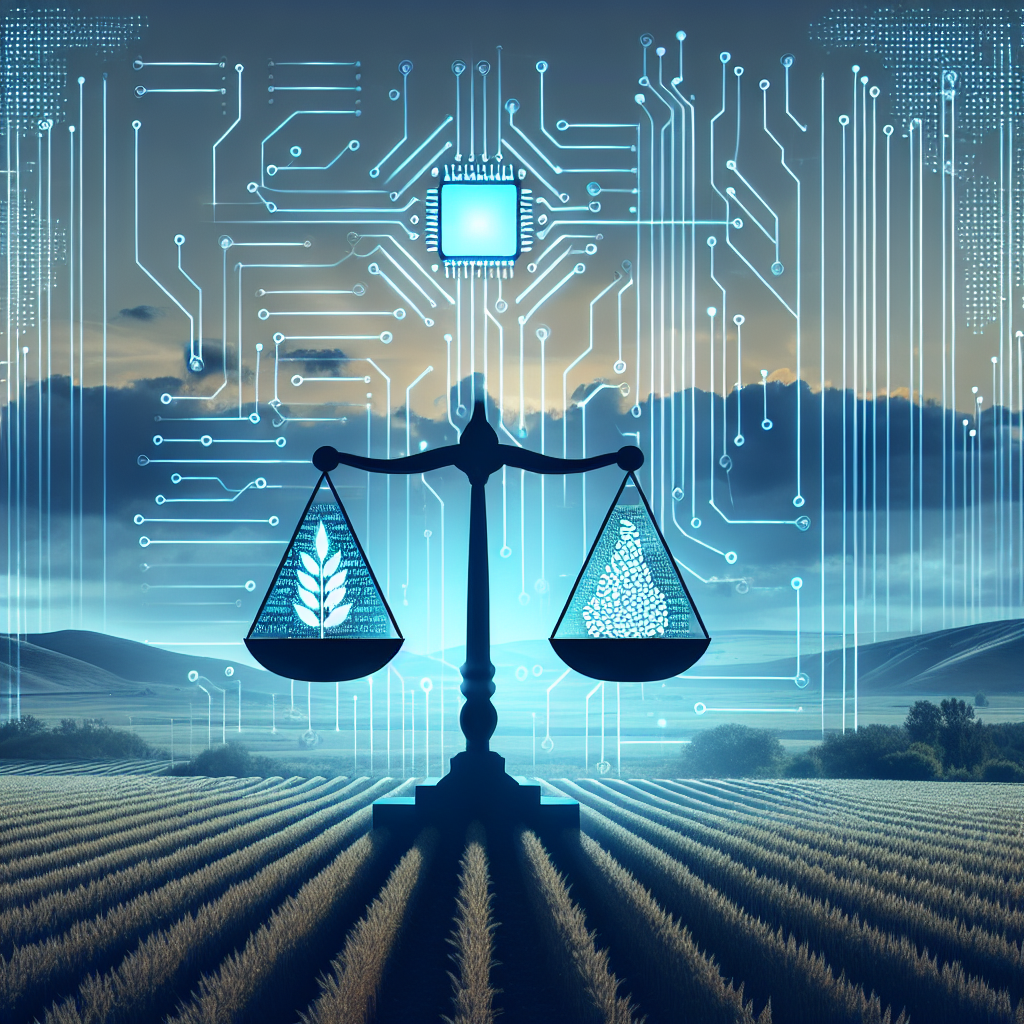The Impact of AI on Agricultural Market Regulation
Artificial Intelligence (AI) has revolutionized many industries in recent years, and the agricultural sector is no exception. AI technologies have the potential to transform the way agricultural markets are regulated, leading to more efficient and transparent market operations. In this article, we will explore the impact of AI on agricultural market regulation and discuss how these technologies are shaping the future of the industry.
AI in Agricultural Market Regulation
AI technologies are being used in a variety of ways to improve agricultural market regulation. One of the key applications of AI in this context is in data analysis and prediction. AI algorithms can analyze vast amounts of data from various sources, such as weather patterns, crop yields, and market trends, to predict future market conditions and price fluctuations. This information can help regulators make more informed decisions about market interventions and policies.
Another important application of AI in agricultural market regulation is in monitoring and enforcement. AI tools can be used to detect and prevent market manipulation, fraud, and other illicit activities in agricultural markets. By analyzing transaction data and market behavior in real-time, AI algorithms can identify suspicious patterns and alert regulators to potential violations of market rules.
Furthermore, AI technologies can also improve market transparency and access to information. By providing real-time data on market prices, supply and demand dynamics, and other relevant factors, AI systems can help market participants make more informed decisions and increase market efficiency. This can lead to fairer and more competitive markets, benefiting both producers and consumers.
Challenges and Opportunities
While AI technologies offer numerous benefits for agricultural market regulation, there are also challenges that need to be addressed. One of the main challenges is ensuring the accuracy and reliability of AI algorithms. Machine learning models can be biased or make incorrect predictions if they are trained on incomplete or biased data. Regulators need to ensure that the data used to train AI systems is accurate, unbiased, and up-to-date to avoid making flawed decisions based on faulty information.
Another challenge is the potential for AI technologies to disrupt existing market structures and practices. As AI systems become more sophisticated, they may replace traditional market intermediaries and disrupt established supply chains. Regulators need to anticipate these changes and adapt their policies and regulations to ensure that market participants are not unfairly disadvantaged by the rise of AI technologies.
Despite these challenges, AI technologies also offer numerous opportunities for improving agricultural market regulation. By harnessing the power of AI, regulators can better monitor market activities, detect fraud and manipulation, and ensure fair and transparent market operations. AI systems can also help regulators identify market trends and patterns that would be difficult to detect using traditional methods, leading to more effective regulatory interventions and policies.
FAQs:
Q: How can AI technologies improve market transparency in agricultural markets?
A: AI technologies can provide real-time data on market prices, supply and demand dynamics, and other relevant factors, increasing transparency and access to information for market participants.
Q: What are some of the challenges of using AI in agricultural market regulation?
A: One of the main challenges is ensuring the accuracy and reliability of AI algorithms, as well as addressing potential disruptions to existing market structures and practices.
Q: How can regulators ensure that AI systems are unbiased and accurate?
A: Regulators need to ensure that the data used to train AI systems is accurate, unbiased, and up-to-date, to avoid making flawed decisions based on faulty information.
In conclusion, AI technologies have the potential to revolutionize agricultural market regulation by improving data analysis, monitoring and enforcement, and market transparency. While there are challenges that need to be addressed, the opportunities for using AI in agricultural market regulation are significant. By harnessing the power of AI, regulators can make more informed decisions, detect market manipulation, and ensure fair and competitive markets for all participants.

